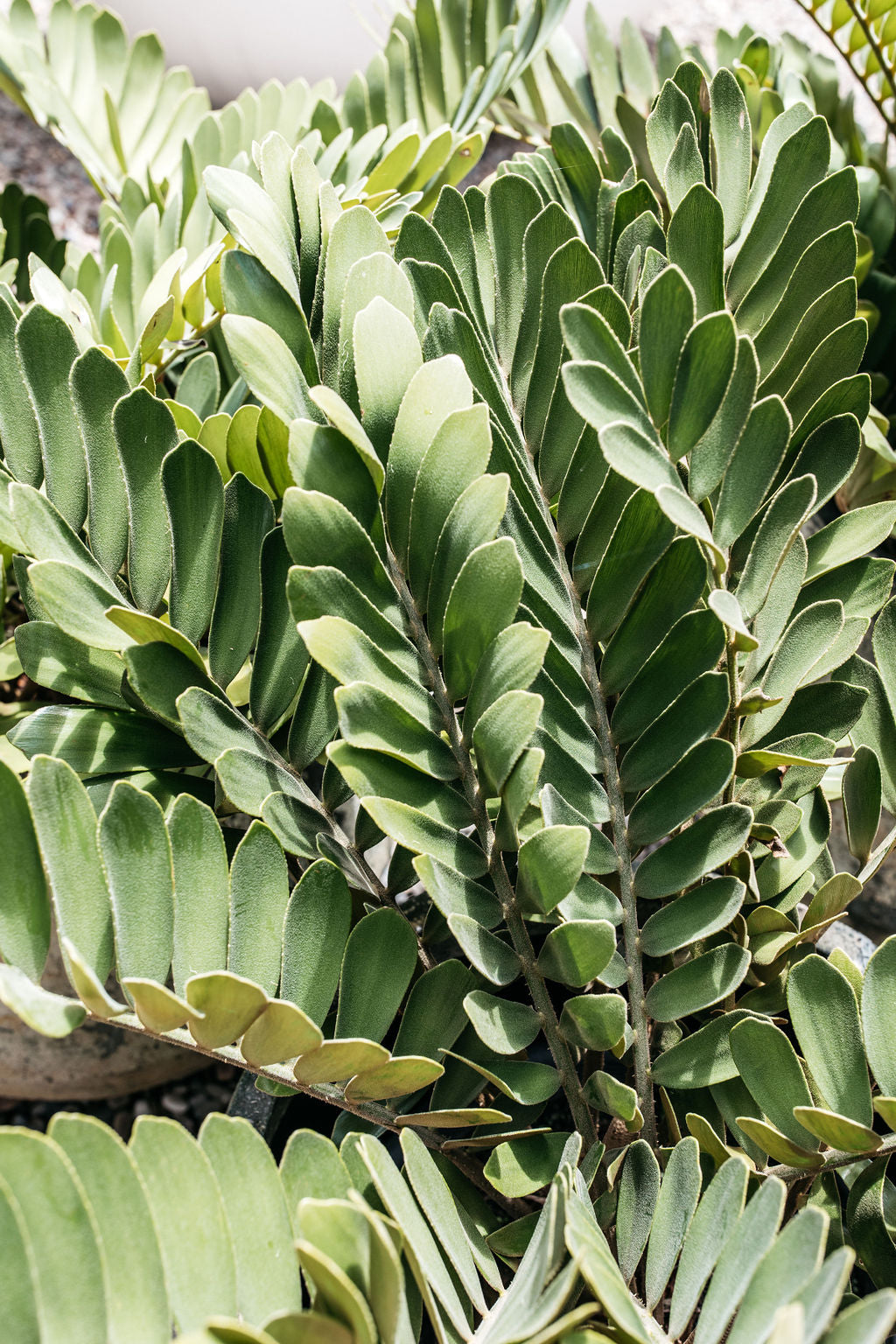The Cardboard Plant: A Sustainable Solution for Packaging
Introduction
The cardboard plant, also known as the shrub verbena, is a versatile and sustainable plant that has gained popularity in recent years for its use in packaging materials. This plant, scientifically known as Lantana camara, is native to the tropics and subtropics of the Americas, but has also been introduced to other regions around the world. The cardboard plant gets its name from the strong and durable fibers found in its stems which can be used to make cardboard.
History of the Cardboard Plant
The cardboard plant has a long history of use in traditional medicine and as an ornamental plant. Its bright and colorful flowers have made it a popular choice for gardens and landscaping. However, it wasn’t until recently that the plant’s fibers were discovered to be an excellent alternative to traditional paper and cardboard materials.
Environmental Benefits of the Cardboard Plant
One of the key reasons why the cardboard plant has gained attention is its environmental benefits. Unlike traditional paper and cardboard production which relies on cutting down trees, the cardboard plant can be sustainably grown and harvested without causing harm to natural ecosystems. This makes it an attractive option for companies looking to reduce their environmental impact.
Production Process
The production process for cardboard made from the cardboard plant is relatively simple. The stems of the plant are harvested and processed to extract the fibers. These fibers are then mixed with water and other additives to create a pulp which is then formed into sheets and dried to create cardboard. The entire process is much more environmentally friendly compared to traditional paper and cardboard production methods.
Applications of Cardboard Plant Packaging

Cardboard made from the cardboard plant can be used in a wide range of packaging applications. From shipping boxes to food containers, the versatility of this material makes it an attractive option for businesses looking to reduce their carbon footprint. Additionally, cardboard made from the cardboard plant is biodegradable and can be easily recycled, further reducing its environmental impact.
Future Outlook
As the demand for sustainable packaging solutions continues to grow, the cardboard plant is likely to play an increasingly important role in the packaging industry. With its environmental benefits and versatility, it offers a viable alternative to traditional paper and cardboard materials. As more companies shift towards sustainable practices, the cardboard plant could become a staple in the packaging industry.
Conclusion
In conclusion, the cardboard plant offers a sustainable solution for packaging materials that is both environmentally friendly and versatile. Its fibers can be used to create durable and biodegradable cardboard that is suitable for a wide range of applications. As the demand for sustainable packaging solutions continues to grow, the cardboard plant is likely to become an increasingly important player in the packaging industry. With its many benefits, it is clear that the cardboard plant has a bright future ahead.